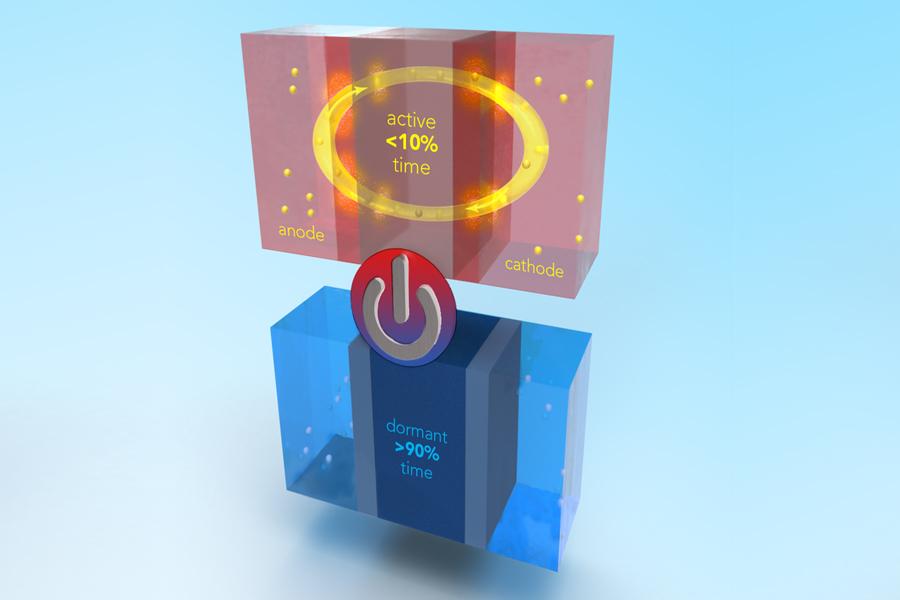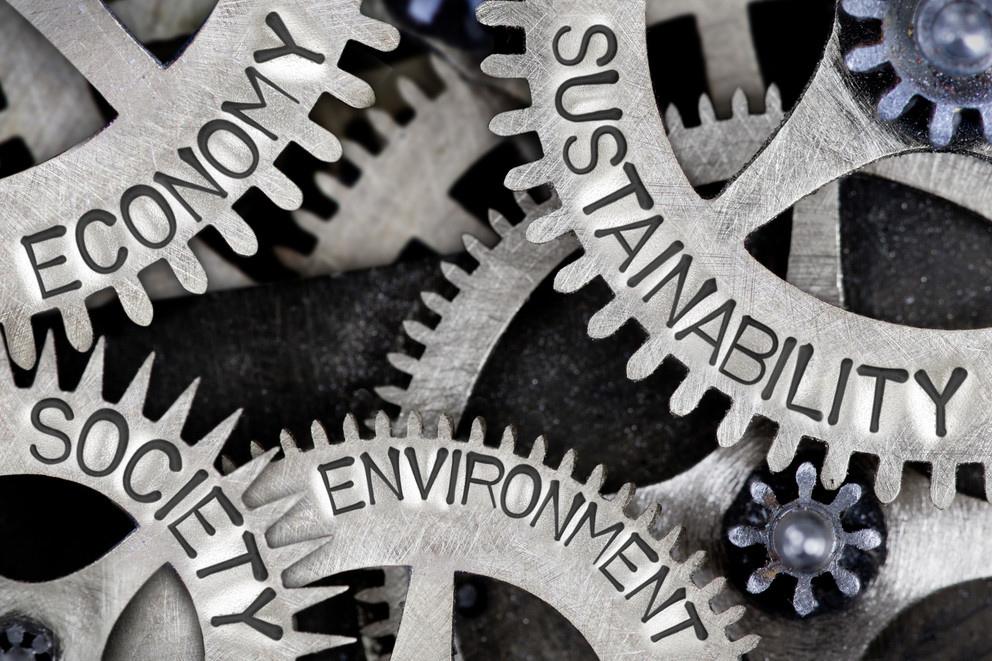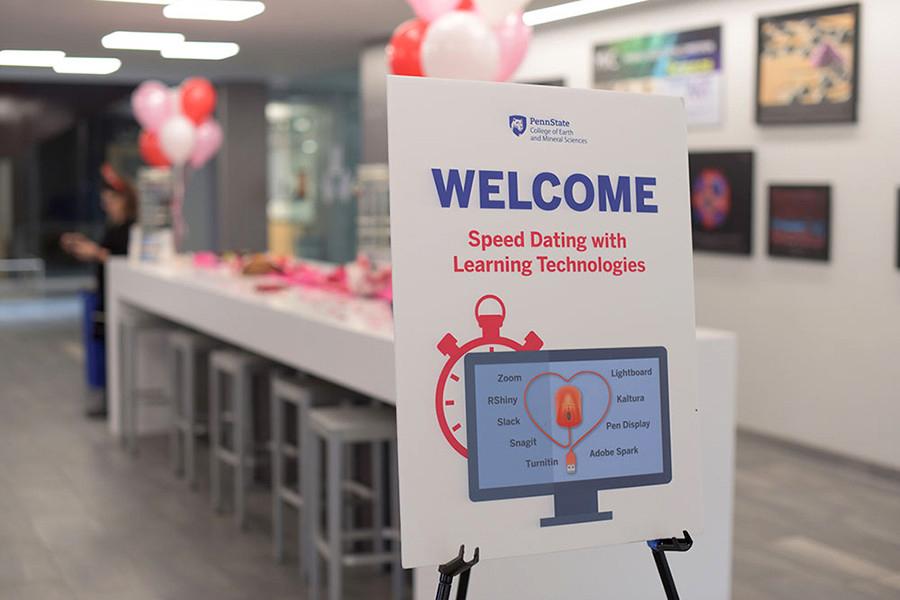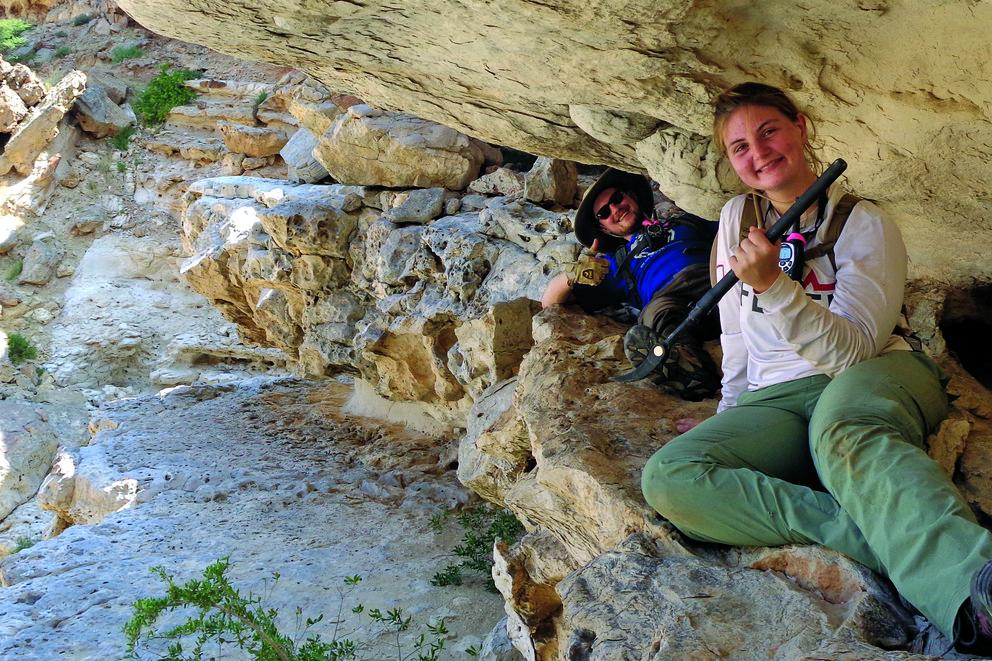A lithium-ion battery that is safe, has high power and can last for 1 million miles has been developed by a team in Penn State’s Battery and Energy Storage Technology (BEST) Center.
There can be tensions when a large company makes a multi-million-dollar deal with a community to build facilities. Tensions can be even higher if the company is a fossil fuel company.
The 2020 Nelson W. Taylor Lecture Series in Materials Science and Engineering will be held from 8:30 a.m. to 12:15 p.m. on Thursday, March 5 in the HUB-Robeson Center’s Freeman Auditorium on Penn State’s University Park campus.
The John A. Dutton e-Education Institute’s first “Speed Dating with Learning Technologies” event for College of Earth and Mineral Sciences instructors, held on Feb. 13, was a success.
An improved method to predict the temperature when plastics change from supple to brittle, which could potentially accelerate future development of flexible electronics, was developed by Penn State College of Engineering researchers.
High on the craggy cliffs of Oman’s rocky desert landscape, Sarah Ivory squeezed into narrow, dark caves in search of a different kind of goldmine.
Penn State researchers found that a common tool used to understand carbon dioxide fluxes, or how the gas moves between the atmosphere and ecosystems, may be overconfident because of uncertainties in the release of carbon dioxide by the combustion of fossil fuels.
Wei Zhang, a doctoral student in energy and mineral engineering in the College of Earth and Mineral Sciences, has been awarded the Nico van Wingen Memorial Graduate Fellowship in petroleum engineering.
Seth Blumsack, professor of energy policy and economics and international affairs at Penn State, will look at the challenges of adding renewable energy to the power grid at the next EarthTalks seminar at 4 p.m. Monday, March 16, in 112 Walker Building.
Researchers at Penn State and Purdue University have developed new materials for improved single-atom catalysis and future electronics.











